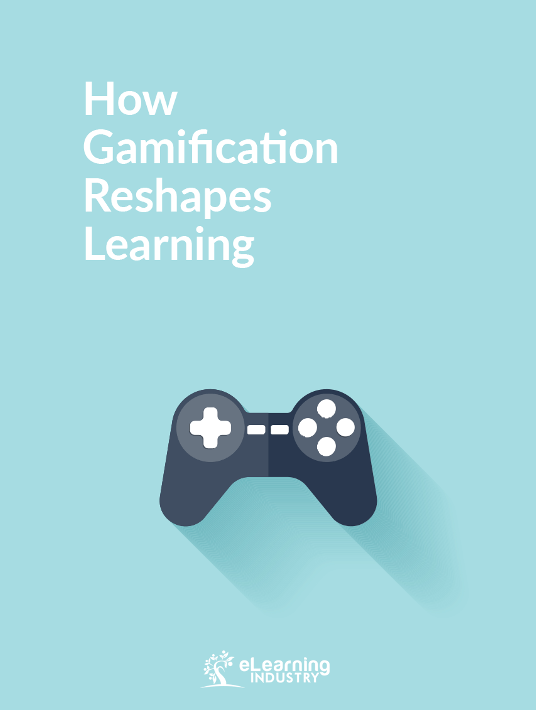Gamification has been simply defined as the use of game-like elements in non-game settings. However, ever since the serpent challenged Eve to imagine what life would be like if she partook of the tree of knowledge, people interested in behaviour changes (aka educators) have been implementing a whole range of game-like elements: imaginative role-play, simulation, rewards, goals, challenges, etc.
I am not convinced that education is a 'non-game context'; according to Shakespeare neither is life, as we are all merely players.
Educators know that play is the highest form of research. I prefer this definition: “Gamification is the process of using game like thinking and dynamics to engage audiences and solve problems”. Our western education system has always been gamified at a systemic level, but it will evolve into a 'post-industrial' phase. We have new cultural and global problems to solve and educators agree that there is room for improvement in engagement levels; this is where education and games diverge.
Personally, I am green with envy at game designers who can attract such high rates of engagement and build resilience in their players. I envy their budgets and their brilliance at invoking evolutionary human traits to their benefit. I admire the respect game designers have attributed to players and hence avoided the condescension and authoritarianism often associated with teachers.
So, I intend to deconstruct their magical formulas and steal their insights and modify my own teaching practices accordingly. To date I have discerned that the main way gamification reshapes learning is by permitting learners to set and understand their own goals; by re-defining failure; and by changing feedback to be fair, frequent, granular, and not fully contingent on the teacher. Codeacademy.com is the best example I have seen to empower learners to feel like a hero through gamification.



